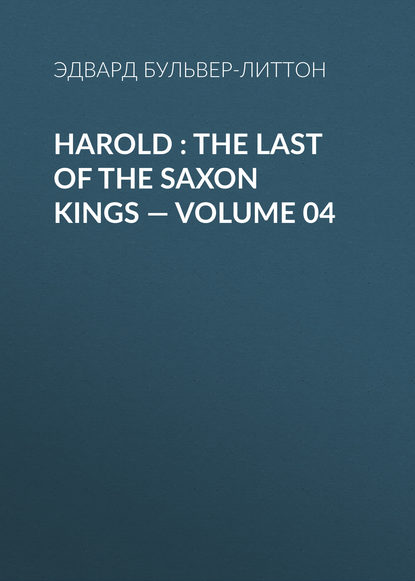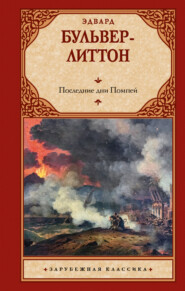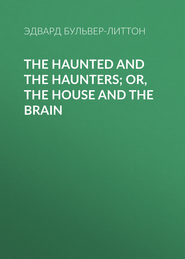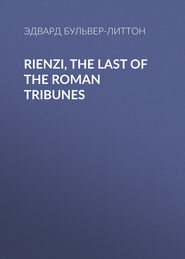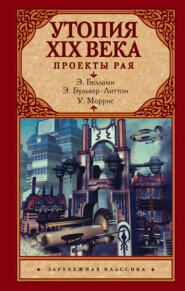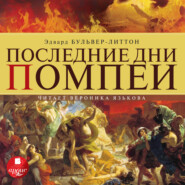По всем вопросам обращайтесь на: info@litportal.ru
(©) 2003-2025.
✖
Harold : the Last of the Saxon Kings — Volume 04
Настройки чтения
Размер шрифта
Высота строк
Поля
AILRED, De Vit. Edward Confess.
18
Ingulfus.
19
The clergy (says Malmesbury), contented with a very slight share of learning, could scarcely stammer out the words of the sacraments; and a person who understood grammar was an object of wonder and astonishment. Other authorities, likely to be impartial, speak quite as strongly as to the prevalent ignorance of the time.
20
House-carles in the royal court were the body-guard, mostly, if not all, of Danish origin. They appear to have been first formed, or at least employed, in that capacity by Canute. With the great earls, the house-carles probably exercised the same functions; but in the ordinary acceptation of the word in families of lower rank, house- carle was a domestic servant.
21
This was cheap. For Agelnoth, Archbishop of Canterbury, gave the Pope 6000 lb. weight of silver for the arm of St. Augustine.— MALMESBURY.
22
William of Malmesbury says, that the English, at the time of the Conquest, loaded their arms with gold bracelets, and adorned their skins with punctured designs, i.e., a sort of tattooing. He says, that they then wore short garments, reaching to the mid-knee; but that was a Norman fashion, and the loose robes assigned in the text to Algar were the old Saxon fashion, which made but little distinction between the dress of women and that of men.
23
And in England, to this day, the descendants of the Anglo- Danes, in Cumberland and Yorkshire, are still a taller and bonier race than those of the Anglo-Saxons, as in Surrey and Sussex.
24
] Very few of the greater Saxon nobles could pretend to a lengthened succession in their demesnes. The wars with the Danes, the many revolutions which threw new families uppermost, the confiscations and banishments, and the invariable rule of rejecting the heir, if not of mature years at his father's death, caused rapid changes of dynasty in the several earldoms. But the family of Leofric had just claims to a very rare antiquity in their Mercian lordship. Leofric was the sixth Earl of Chester and Coventry, in lineal descent from his namesake, Leofric the First; he extended the supremacy of his hereditary lordship over all Mercia. See DUGDALE, Monast. vol. iii. p. 102; and PALGRAVE's Commonwealth, Proofs and Illustrations, p. 291.
25
AILRED de Vit. Edw.
26
Thomson's Essay on Magna Charta.
27
Orderic. Vital. lib. 4.
28
The date of William's marriage has been variously stated in English and Norman history, but is usually fixed in 1051-2. M. Pluquet, however, in a note to his edition of the "Roman de Rou," says that the only authority for the date of that marriage is in the Chronicle of Tours, and it is there referred to 1053. It would seem that the Papal excommunication was not actually taken off till 1059; nor the formal dispensation for the marriage granted till 1063.
29
For authorities for the above sketch, and for many interesting details of Lanfranc's character, see Orderic. Vital. Hen. de Knyghton, lib. ii. Gervasius; and the life of Lanfranc, to be found in the collection of his Works, etc.
30
Pigott's Scand. Mythol. p. 380. Half. Vand. Saga.
31
"Suthsaxonum Ministrum Wolfnothem." Flor. Wig.
32
Asser. de Reb. Gest. Alf. pp. 17, 18.
33
Camden, Caernarvonshire.
34
Pennant's Wales, vol. ii. p. 146.
35
The ruins still extant are much diminished since the time even of Pownall or Pennant; and must be indeed inconsiderable, compared with the buildings or walls which existed at the date of my tale.
36
Johann. ap. Acad. Celt. tom. iii. p. 151.
37
William of Poitiers.
38
He is considered to refer to such bequest in one of his charters: "Devicto Harlodo rege cum suis complicibus qui michi regnum prudentia Domini destinatum, et beneficio concessionis Domini et cognati mei gloriosi regis Edwardi concessum conati sunt auferre."— FORESTINA, A. 3.
But William's word is certainly not to be taken, for he never scrupled to break it; and even in these words he does not state that it was left him by Edward's will, but destined and given to him—words founded, perhaps, solely on the promise referred to, before Edward came to the throne, corroborated by some messages in the earlier years of his reign, through the Norman Archbishop of Canterbury, who seems to have been a notable intriguer to that end.
39
Palgrave, "Commonwealth," 560.
40
"Quo tumulato, subregulus Haroldus Godwin Ducis filius, quem rex ante suam decessionem regni successorem elegerat, a totius Angliae primatibus, ad regale culmen electus, die eodem ab Aldredo Eboracensi Archiepiscopo in regem est honorifice consecratus."—FLOR. Wig.
41
Some of these Norman chroniclers tell an absurd story of Harold's seizing the crown from the hand of the bishop, and putting it himself on his head. The Bayeux Tapestry, which is William's most connected apology for his claim, shows no such violence; but Harold is represented as crowned very peaceably. With more art, (as I have observed elsewhere,) the Tapestry represents Stigand as crowning him instead of Alred; Stigand being at that time under the Pope's interdict.
Другие электронные книги автора Эдвард Джордж Бульвер-Литтон
Другие аудиокниги автора Эдвард Джордж Бульвер-Литтон
Последние дни Помпеи




 4.67
4.67





